At long last my new book, Wildflife Photography Field Skills and Techniques has been delivered. If you want to find out more and/or purchase a copy follow the link at the top of the page.
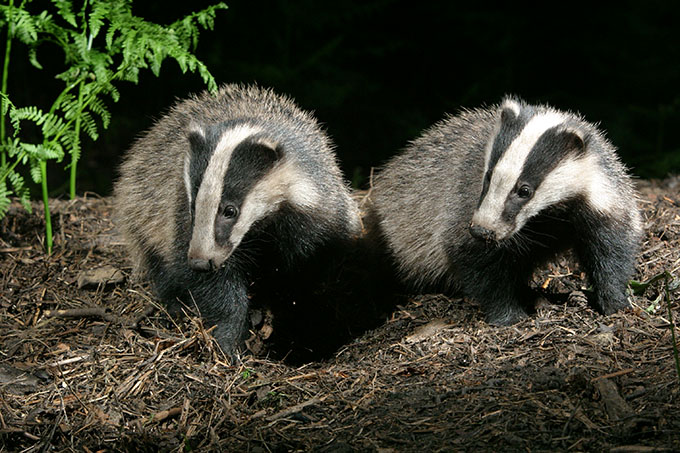
Producing a book from scratch is a time consuming affair. I have pondered for a long time if there is a genuine market for this type of book because there are many alternative titles on offer. Often so many it must be difficult for an aspiring wildlife photographer to decide which is worth the money and will deliver the type of content that will actually make a difference. Of virtually all the books I researched I found there was a fairly big omission, the actual skills needed to get close to the subject you want to photograph. Many such as bird photography books did have some excellent content about field skills but I couldn't find any that treated mammals, birds, herptiles, inverts and plants in any depth.
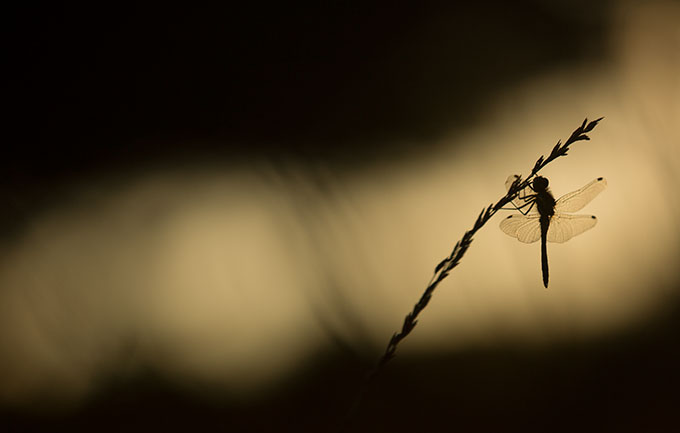
All the books I looked at were excellent on choices of equipment and how to use the camera and create great images but I felt that this was only half the story. In fact I could argue it is less than half. I firmly believe that the best wildlife photographers are excellent naturalists first and photographers second. True, many like me are single minded in their approach, it dominates my life as I know it does many other photographers. Perhaps to become competent, or even good you have to be a bit one-track minded to the exclusion of all else (though I could never admit this to my partner, but she does remind me often!).
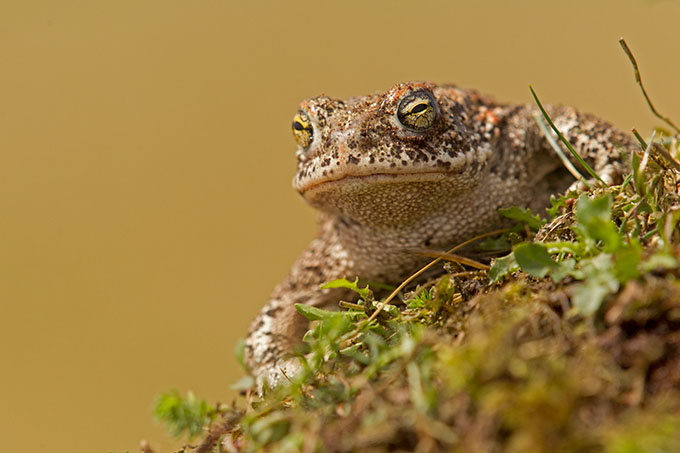
I found a number of books that were long out of print that are closer to my concept but none treated it in the way I wanted. I eventually decided that for many of the mammals I would write on a species level because the skills to work and photograph say badgers are totally different to otters and they are different to foxes and so on. For the section on birds (over 500 British species) this approach is clearly a bit daunting so I adopted a slightly different method. Where I could group species together I have which makes sense yet when I felt it was needed I have still used a single species approach. I used the same method with herptiles (reptiles and amphibians), invertebrates and plants.
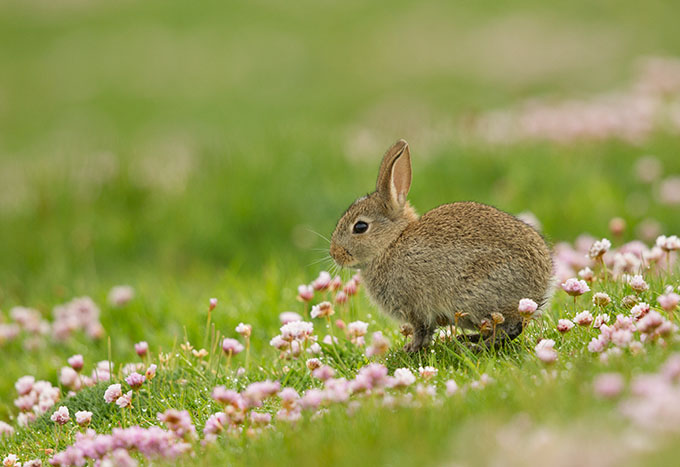
As I neared the end of my writing I reviewed the many questions I have been asked over the years via email or on workshops and trips. This culminated in me adding a section at the end about photography abroad and workflow because I guess these are ever popular issues and it seemed remiss not to address them.
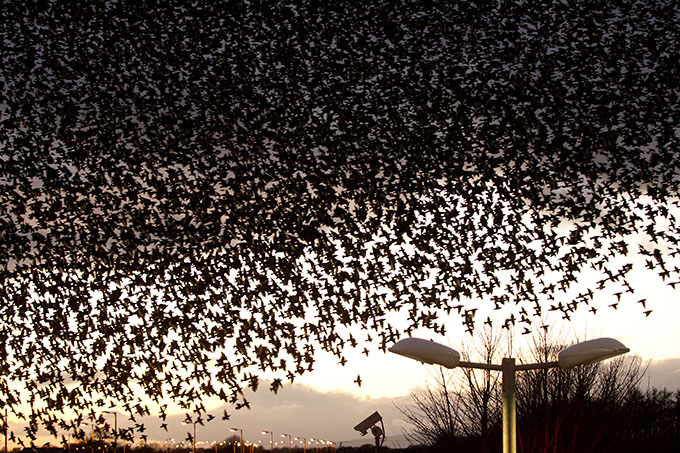
I originally had decided that I wouldn’t add any sections about camera techniques but leave that to naturally evolve through the individual approaches to each subject (I have included a lot of photographic advice in each section, in a way this is what the book is actually about). That idea is still true but on advice I have added sections at the beginning on choice of gear and basic camera techniques. These than can be built on as you use the book to research your chosen subject be it a Chinese water deer or a dragonfly in flight.
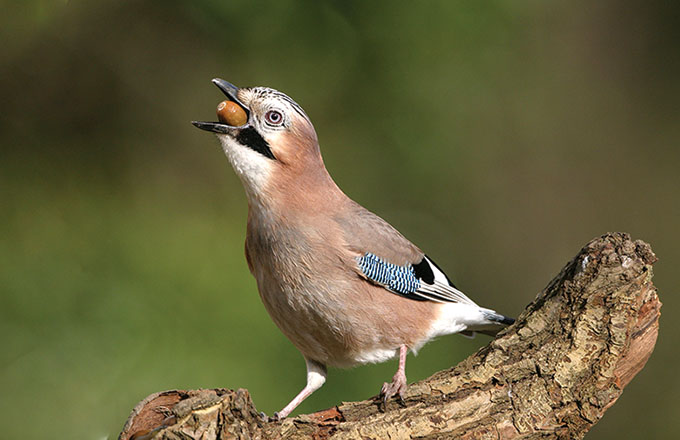
So what is the book actually about- well it’s a guide to finding and getting close and photographing wild animals and plants in the UK. In a sense it is as much about natural history as photography. However the emphasis through advice, field skills and projects such as building your own moth trap is to successfully photograph wildlife. If you are a novice or an experienced wildlife photographer I hope there is a lot contained in this book that you will find useful. If you are short on natural history/field skills I hope this book provides a refreshing beginning to a new phase in your photography.

